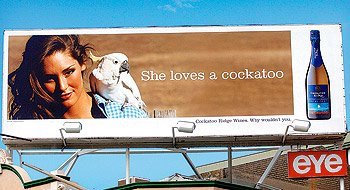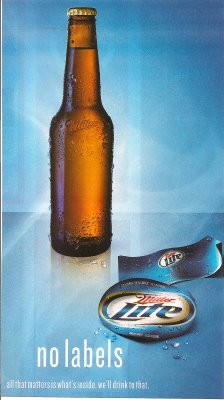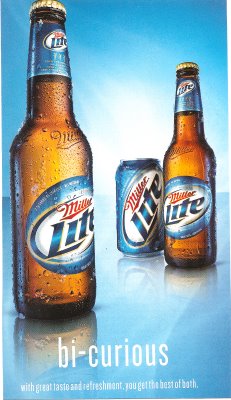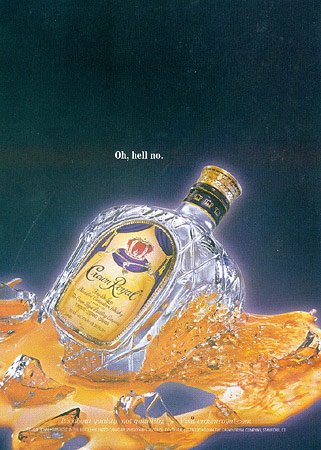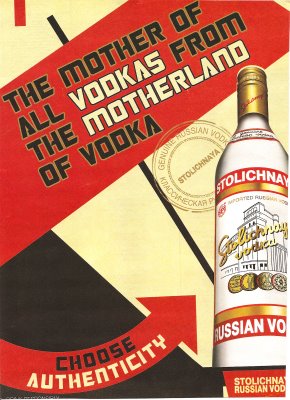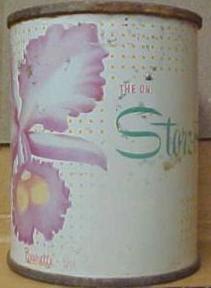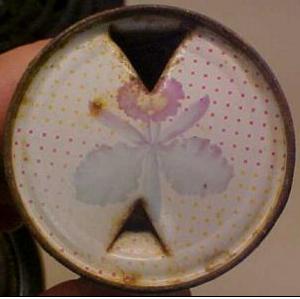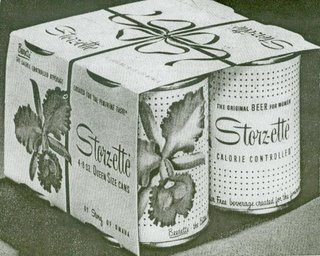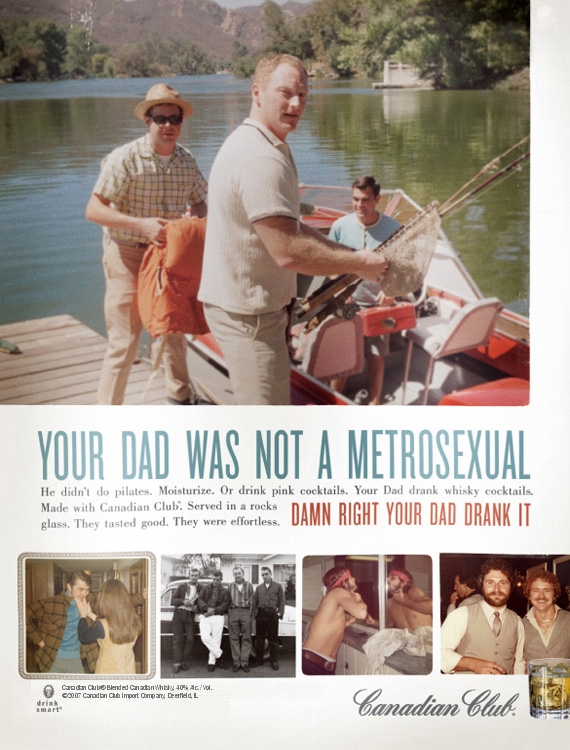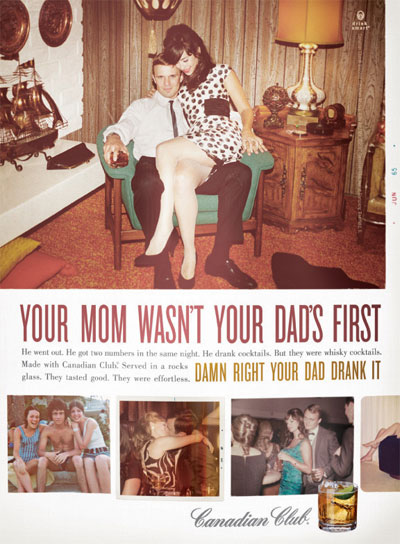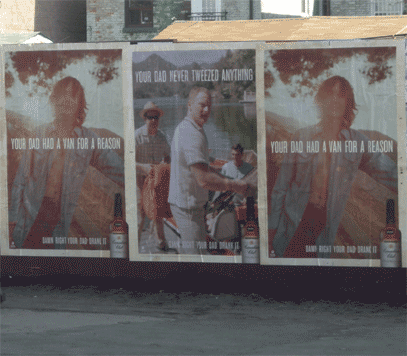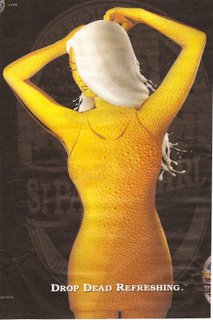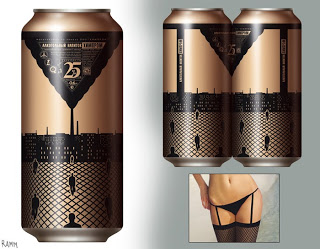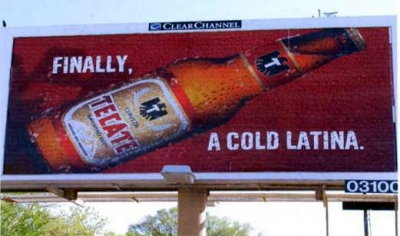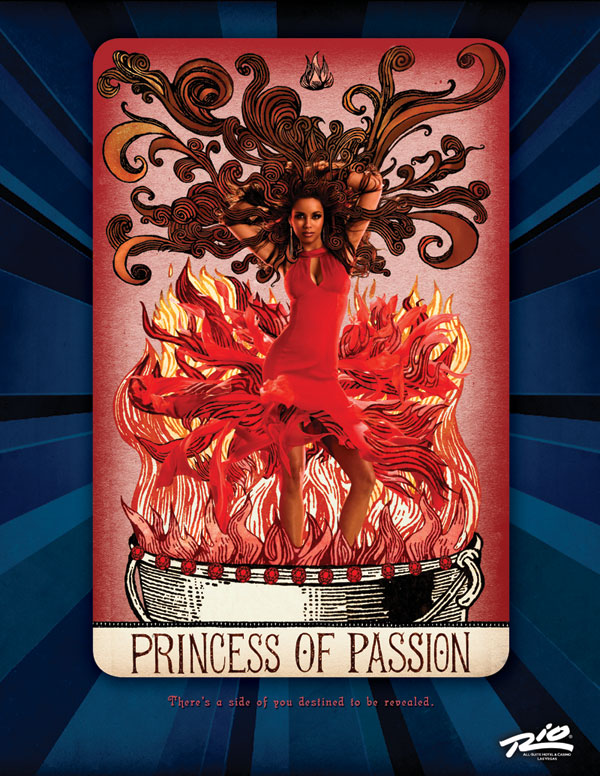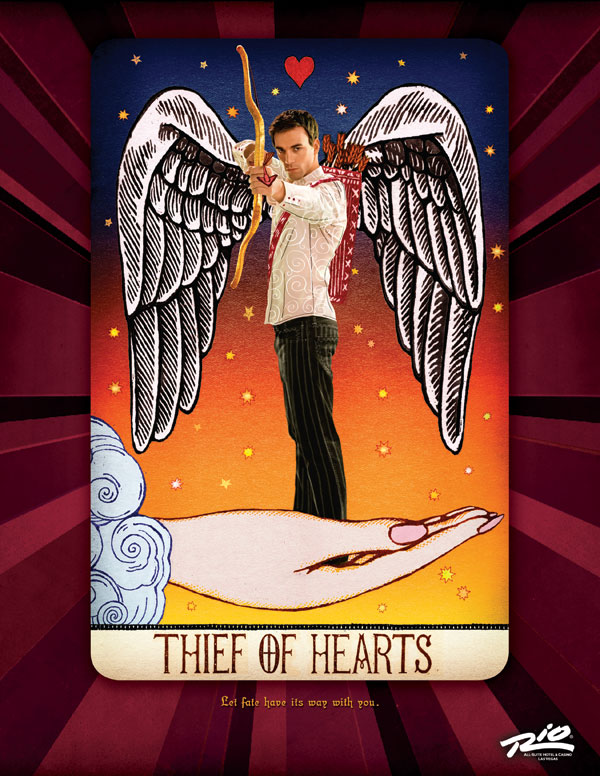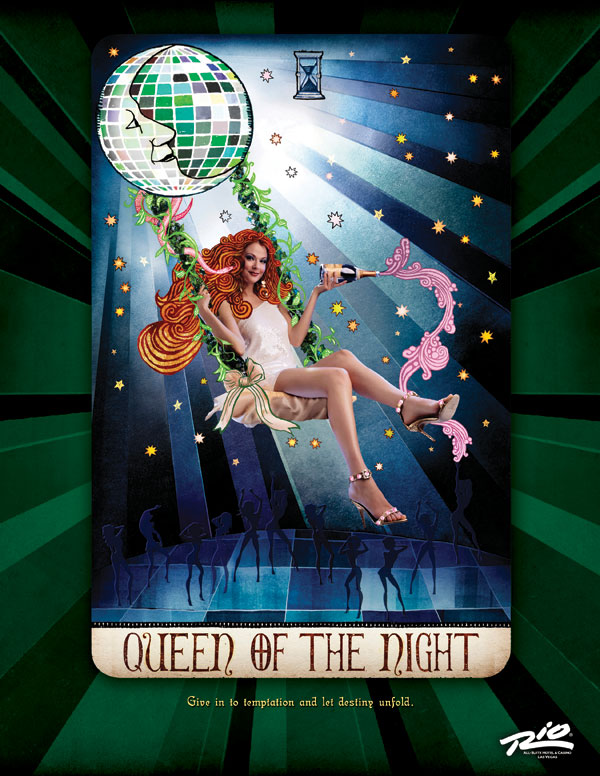Thanks to Alicia T. for sending us the link!
UPDATE: According to Tim at Ad Freak, the model in this photograph, ex-Miss Universe contestant Erin McNaught, was not pleased with the copy added to her image. Tim wrote:
[She said:] “I wasn’t thrilled with what that line was implying,” she says. The vineyard has stopped short of apologizing, saying it e-mailed all of the campaign’s lines to McNaught—and never heard back. McNaught says she was traveling and didn’t see the e-mails until it was too late. “You know, she is a bit of a cheeky thing,” says a Cockatoo rep. “But we certainly did not want to harm her image or ours.”
See the news story here.

